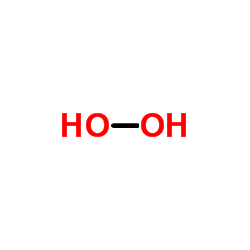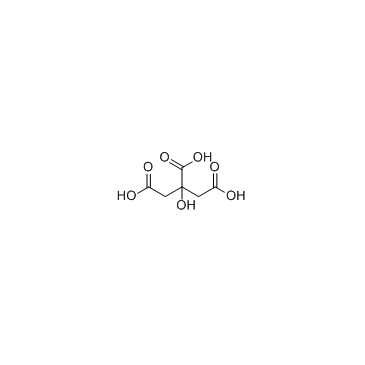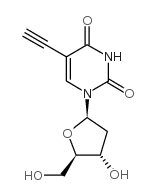| 结构式 | 名称/CAS号 | 全部文献 |
|---|---|---|
 |
过氧化氢
CAS:7722-84-1 |
|
 |
柠檬酸
CAS:77-92-9 |
|
 |
5-乙炔基-2'-脱氧尿苷
CAS:61135-33-9 |
|
 |
联苯胺
CAS:92-87-5 |
|
 |
丁卡因碱
CAS:5094-24-6 |